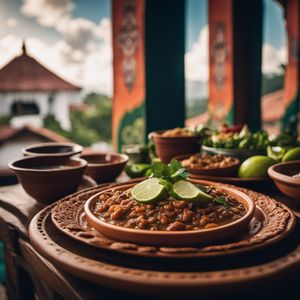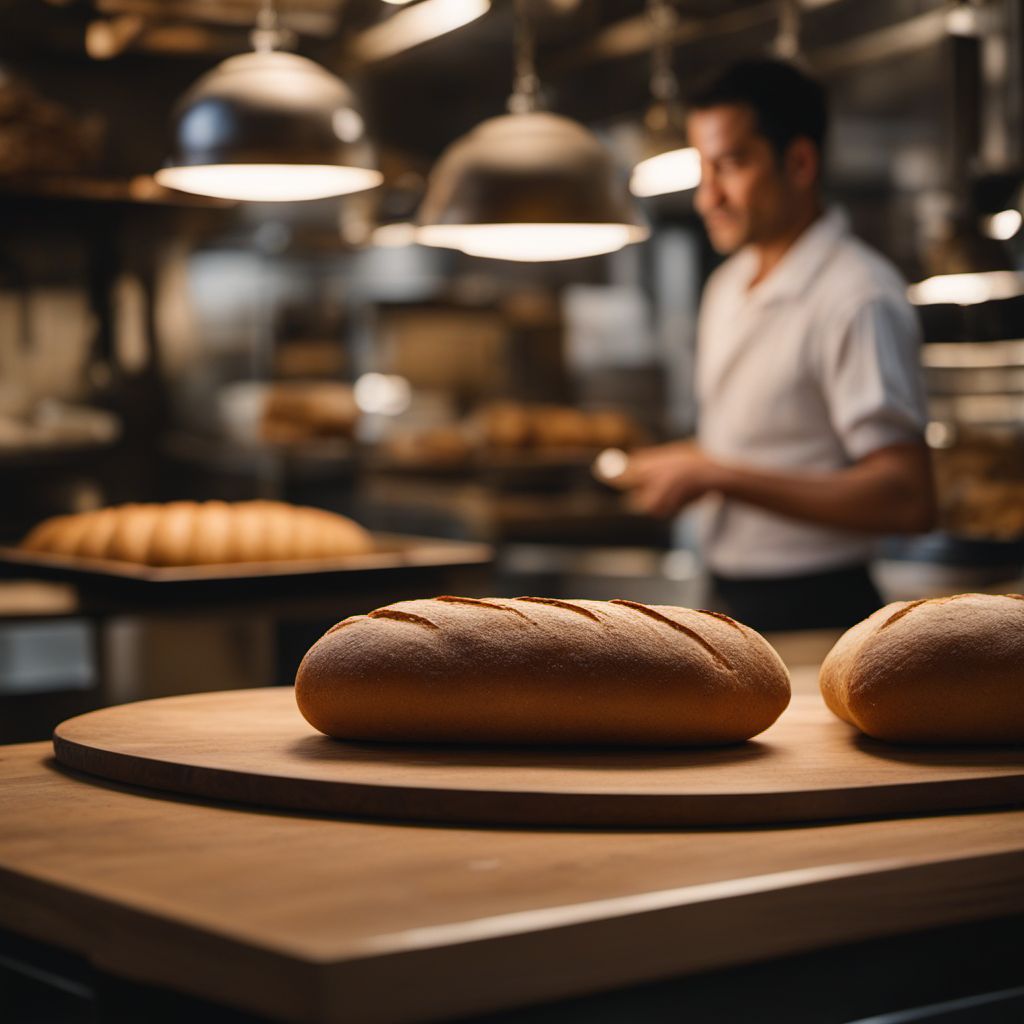
Dish
Pan de barra
Pan de barra is made by mixing wheat flour, yeast, salt, and water, and then kneading the dough until it is smooth and elastic. The dough is then left to rise for several hours before being baked in a hot oven. Pan de barra is best served warm and can be enjoyed with a variety of toppings, such as olive oil, tomato, or ham.
Origins and history
Pan de barra has been a part of Spanish cuisine for centuries. It is believed to have originated in the region of Galicia and was traditionally made in wood-fired ovens. Today, it is still a popular bread in Spain and is often served with meals.
Dietary considerations
Pan de barra is suitable for vegetarians and vegans. It contains gluten and may not be suitable for those with celiac disease or gluten intolerance.
Variations
There are many variations of Pan de barra, including those made with different types of flour, such as rye or cornmeal. Some recipes also call for the addition of herbs or spices to the dough.
Presentation and garnishing
Pan de barra can be presented on a wooden board or platter, garnished with fresh herbs or spices. It can also be sliced and arranged on a plate for individual servings.
Tips & Tricks
To ensure that the bread has a crispy crust and a soft, fluffy interior, it is important to knead the dough thoroughly and allow it to rise for the recommended amount of time.
Side-dishes
Pan de barra can be served with a variety of side dishes, such as soups, stews, or salads. It is also delicious when served with grilled meats or vegetables.
Drink pairings
Pan de barra pairs well with a variety of drinks, including wine, beer, or sangria.
Delicious Pan de barra recipes
More dishes from this category... Browse all »
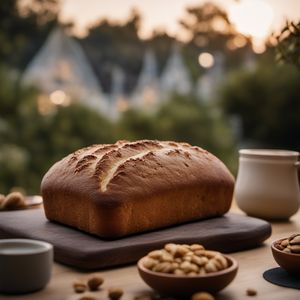
Acorn Bread
Native American cuisine

Alkubus
Moroccan cuisine
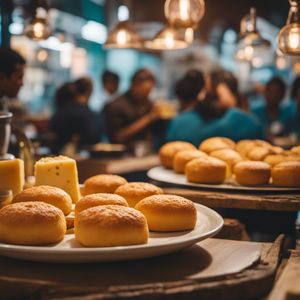
Almojábana
Colombian cuisine

Anadama Bread
American cuisine
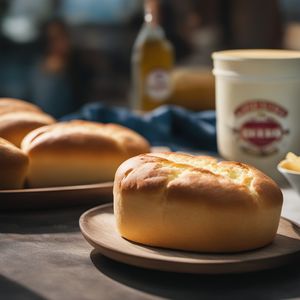
Antiguan Butter Bread
Antiguan cuisine
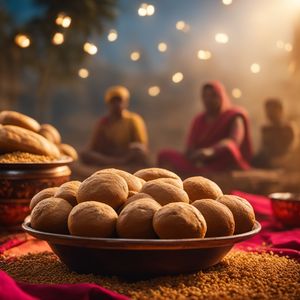
Baati
Indian cuisine

Babà rustico
Italian cuisine
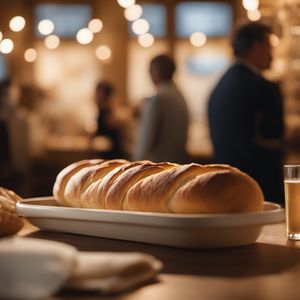
Baguette
French cuisine


